Hardiest Cherry Blooms Welcome Spring
Why Kwanzan Cherry Trees?
The hardiest of the Cherry Tree family, the Kwanzan heightens springtime each year, welcoming the new season with unmatched color. In fact, it's also the showiest of all . And its flowers aren't just pink...but double pink, meaning that you get twice the petals and twice the blooms of other trees.
Your new Kwanzan Cherry Tree blooms in huge clusters of 3 to 5 flowers. These clusters are the thickest of all and resemble carnations in hue and volume.
Kwanzans begin to bloom in April, with full florals that can last weeks at a time. In the fall, golden autumn leaves take hold, captivating neighbors and guests alike. Basically, the Kwanzan offers four seasons of visual interest, giving you the best yard on the block.
And it's one of the easiest flowering trees to grow! The Kwanzan Cherry thrives in almost any soil and climate, so you don't have to spend hours in your garden spraying, fertilizing and pruning. When it comes to the Kwanzan, there's no guesswork in growing.
Why Fast-Growing-Trees.com is Better
But the best part about your Kwanzan? We’ve planted and grown your Cherry Tree at our nursery for months, long before it ships to your doorstep. Now, you get a well-developed root system (no bare-root!) and better branching than ever before.
Unlike other big-box retailers and chain garden centers, we've put in the extra work so that you get a Kwanzan Cherry Tree that thrives in your landscape.
The only work for you is selecting the perfect spot for your Kwanzan Cherry. Order your own Kwanzan Cherry Tree today!
Planting & Care
1. Planting: Kwanzans grow best in moist, well-drained soil and full to partial sun (at least 4 hours of sunlight daily).
Dig your hole just as deep and twice as wide as the root ball. Leave a small mound of dirt in the center of the hole to set the root ball on and carefully spread the roots in the hole. Backfill your hole, place your tree, and water the surrounding area. Do not cover the crown with the soil...only cover the roots. Finally, spread mulch over the surrounding soil to conserve moisture.
2. Watering: Water your tree when the top 2 inches of soil dries (a slow trickle with a garden hose for about 10 minutes is recommended).
3. Fertilizing: Flowering Cherries will not require fertilizer for the first two years. After that, apply 1/10 pound of actual nitrogen per year for each year of the tree’s age, with a maximum of 1 pound per year. Apply it once in the spring, or spread the nitrogen into 2 to 4 equal applications over the spring and summer.
4. Pruning: Removal of the current year’s old, faded flowers and fruit clusters will promote flower buds for the following season. Prune the tree during in winter to remove dead or damaged branches.

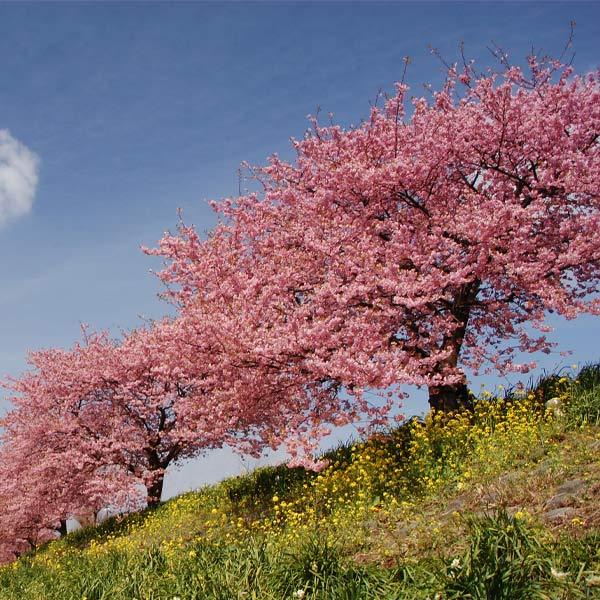

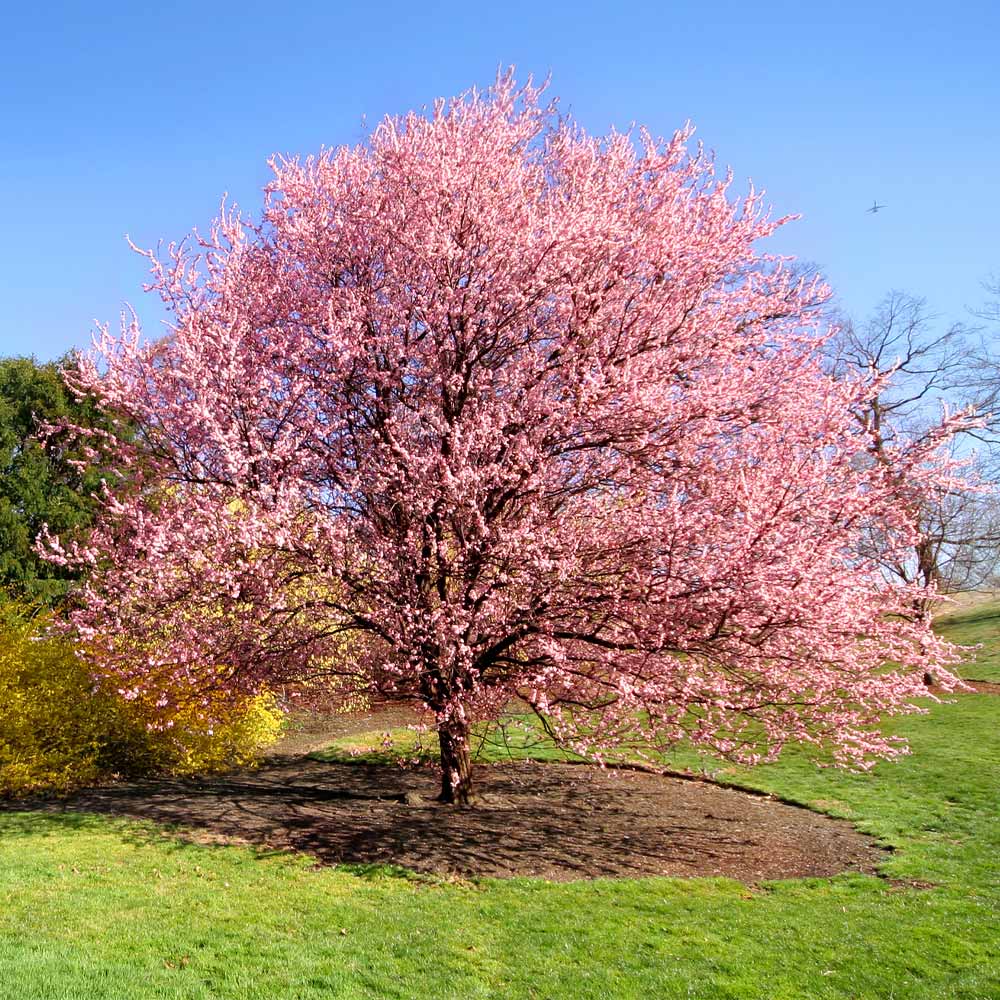
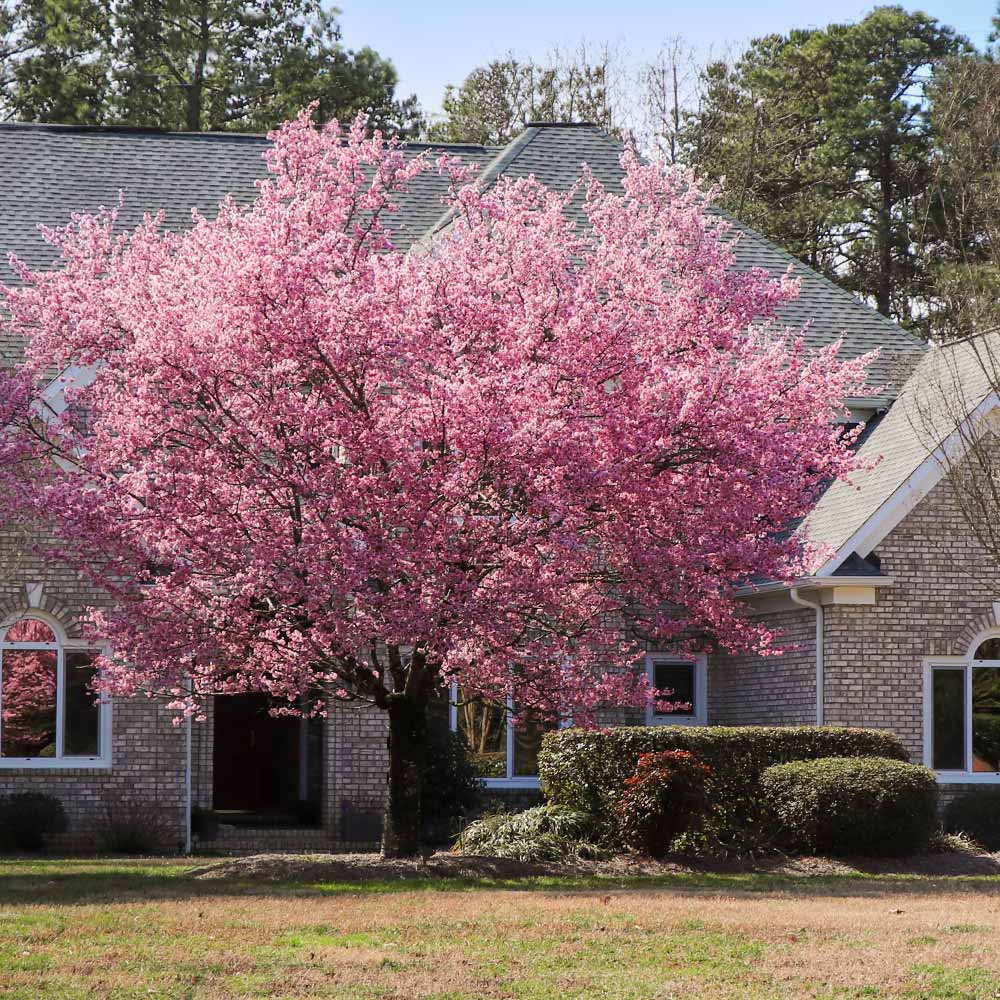
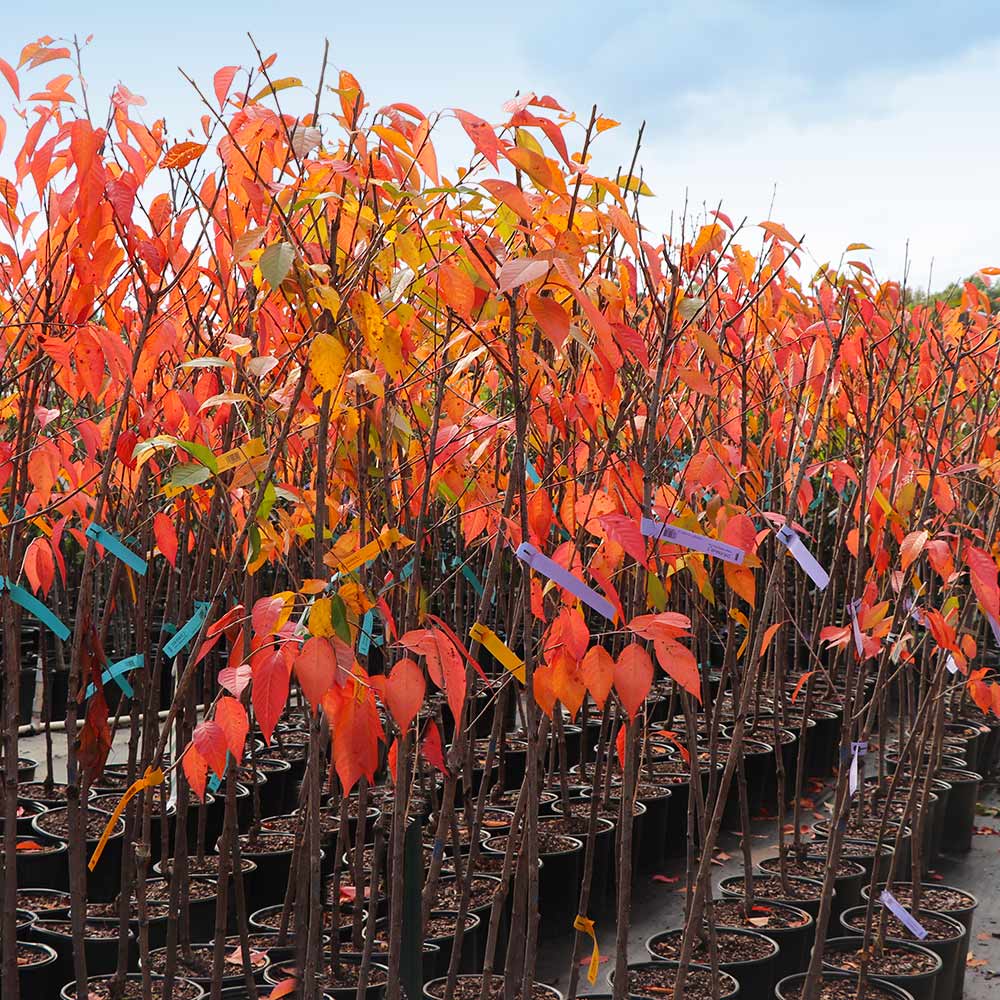
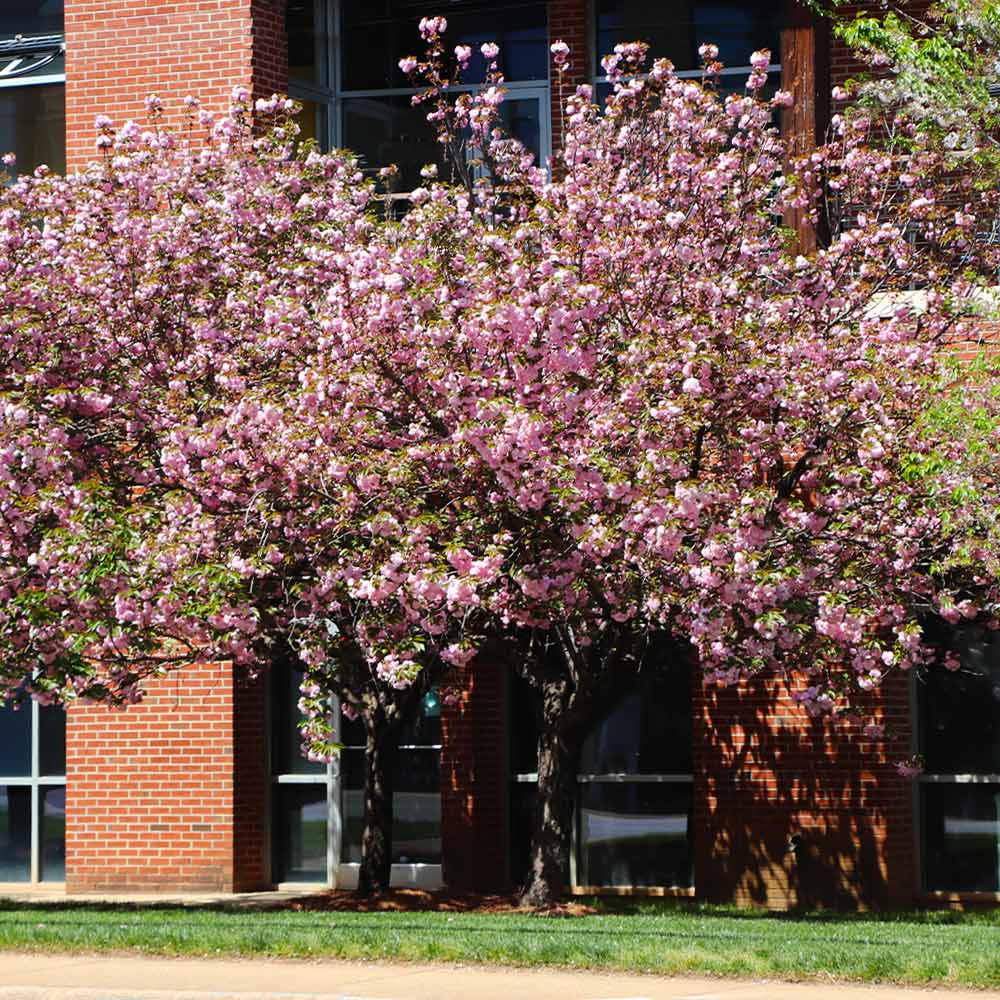

Comment